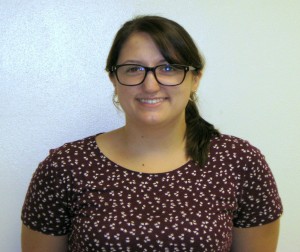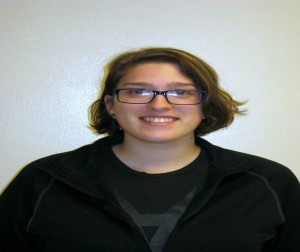Faculty advisor: Roy Welch & Stephen Dorus
_________________________________________________________________________
Alexander Jannini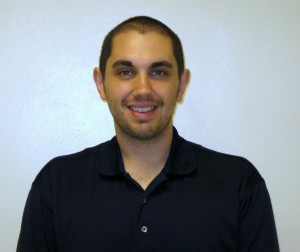
Chemical Engineering
Faculty Advisor: Dacheng Ren
My work consists of developing tough and elastic double network hydrogels that have adhesive, self-healing, and biomimetic properties. Hydrogels, while being a major area of research for a plethora of applications, are generally limited by their weak mechanical strength. The formation of double networks has been shown to overcome this mechanical limitation by combining a rigid, brittle polymer with a weak, elastic polymer in such a way that the double network that is created is both flexible and tough. This type of mechanism is also seen in nature; specifically, in a defensive glue that is excreted by slugs. By combining proteins found in this glue with synthetic double networks that we are developing in our laboratory, I hope to achieve adhesive, self-healing and biomimetic double networks. I also aim to determine the molecular mechanisms that govern these properties of our materials. Lastly, understanding the static and dynamic performance of these networks will allow us to explore potential biomedical applications for their use.
________________________________________________________________________
Plansky Hoang 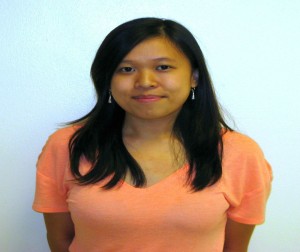
Chemical Engineering
Faculty Advisors: Zhen Ma & Jay Henderson
My research focuses on determining the fate of stem cell derived cardiac cells and tissue models. Stem cells have the ability to differentiate into various cell types, so the question is to figure out what drives them to their final form and how can we better control their fate in vitro to engineer reliable models of human tissue. Stem cells respond to various biochemical and biophysical cues and the area I am focusing on is how the cardiac differentiation of stem cells respond to various geometric confinements and how their confinement integrated with biochemical signals determine their fate in tissue formation and morphogenesis to create reliable in vitro cardiac microchambers. In vitro models are becoming an urgent need for researchers to study cardiac related diseases, development and drug responses. By utilizing stem cells, we can observe the early stages of development and how certain stimuli illicit responses over time in developmental cardiac diseases. If we can develop a reliable model that represents the early stages of developing hearts, we can accelerate the process of drug discovery and regulation for pregnancy and fetal development that are predisposed to heart diseases.
________________________________________________________________________
Faculty Advisor: Cristina Marchetti
________________________________________________________________________
Bradley Sutliff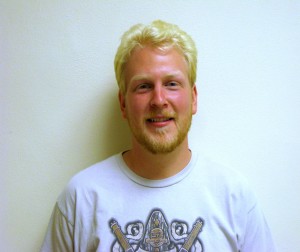
Bioengineering
Faculty Advisors: Patrick Mather and Christopher Nomura
My research is focused around making new biomaterials. Using genetically engineered E. coli bacteria from the Nomura lab, I am able to biosynthetically produce biodegradable polymers known as poly(3-hydroxyalkanoates) or PHA’s. PHA’s are a common biomolecule produced by numerous bacteria as a method of energy storage, similar to fat. This means those bacteria should be able to break down and degrade PHA based materials to alleviate plastic waste. My research is focused specifically on poly(3-hydroxyoctanoate-co-3-hydroxyundecenoate) or PHOU. This polymer has side chains that allow me to crosslink it with other biocompatible materials to make films. Current work is focused on using polyhedral oligomeric silsesquioxane (POSS) to make shape memory polymers that are fully biocompatible. With success I will be able to imprint a nanoscale pattern into thin films of my cross-linked polymer composite. Ideally these patterns can be used for 3D cell culture or for controlled drug release, depending on the shape that is imprinted into the film. The key with my materials is that once imprinted, the pattern can be erased by heating to an appropriate temperature, and then a new pattern can be imprinted.

